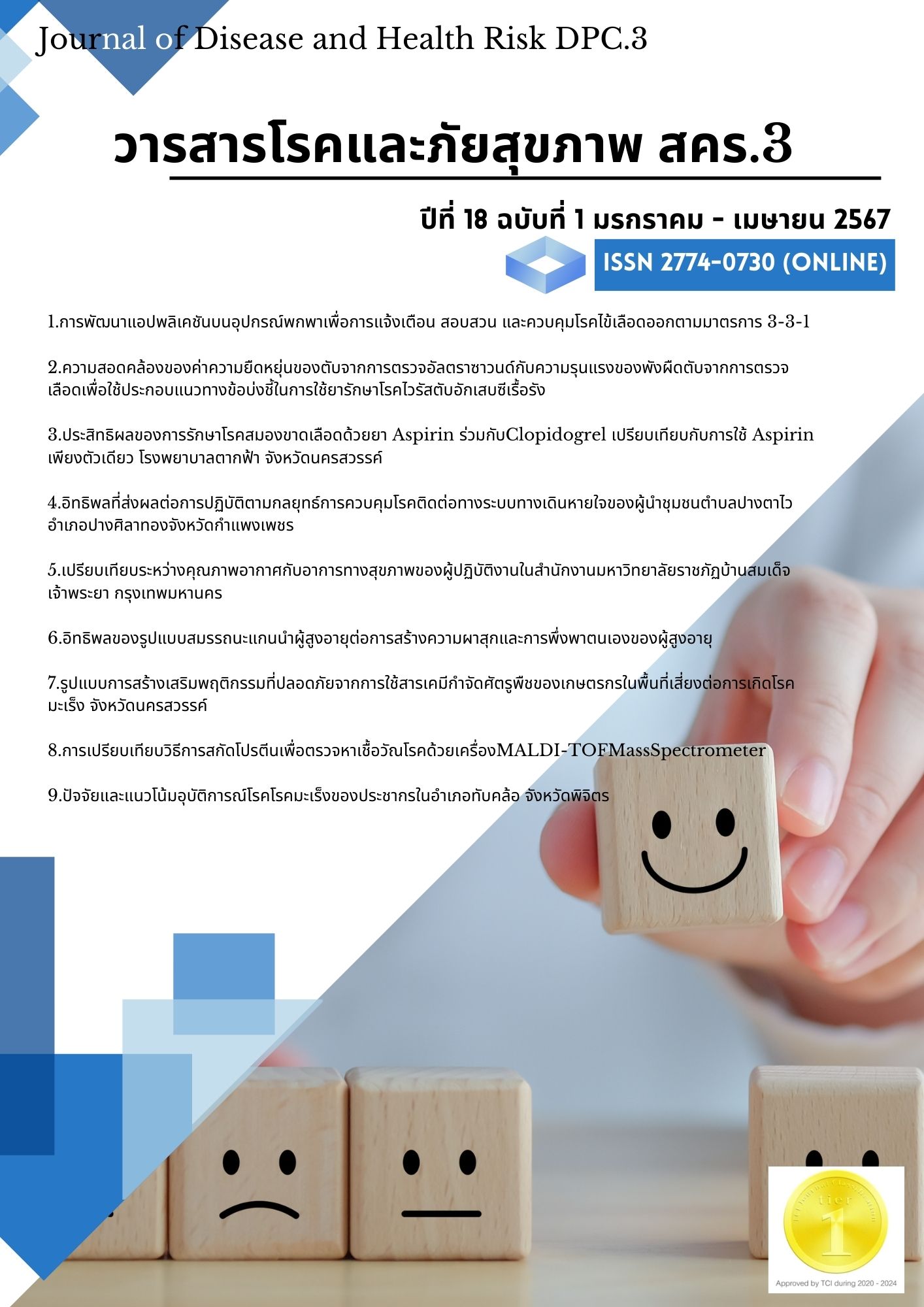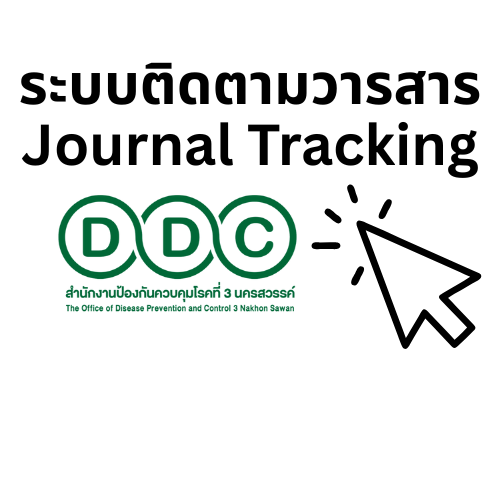Comparison of protein extraction methods for Mycobacterium tuberculosis detection by MALDI-TOF Mass Spectrometry
Keywords:
Mycobacterium tuberculosis, MALDI-TOF MS, Protein extractionAbstract
Tuberculosis is a respiratory disease caused by Mycobacterium tuberculosis, which is a public health problem. Currently, the MALDI-TOF mass spectrometry (MS) method has been used to detect bacteria and fungi, including M. tuberculosis. This method has high sensitivity and high specificity but there is low diagnostic cost per case when compared to other methods. However, the mycobacterial cell wall is composed of lipids that make it difficult to extract proteins from the cytoplasm. Therefore, a new protein extraction method for M. tuberculosis is developed. The ultrasound (SM) was used to increase cell wall rupture and reduce protein extraction time compared to routine methods (RM). Five samples of M. tuberculosis strain H37Ra ATCC 25177 and 32 samples of M. tuberculosis isolated from patients confirmed by real-time PCR were cultured on LJ medium for 3-4 weeks. Extraction of protein by an RM compared to using an SM. This study found that 37 protein extraction by the RM and the SM have the log score ≥ 2.000 were 72.97% and 75.67%, respectively and the log score 1.700-1.999 were 27.03% and 24.33%, respectively. The two methods are in almost perfect agreement by Kappa indexes = 1. Therefore, protein extraction of M. tuberculosis by SM can replace RM. When compared with RM, the protein extraction of M. tuberculosis by SM could reduce the sample preparation time by at least 38 minutes per sample.
References
World Health Organization. Geneva. WHO releases new global lists of high-burden countries for TB, HIV-associated TB and drug-resistant TB [Internet] 2023 Jan [cited 2023 Mar 17]. 16 p. Available from: https://cdn.who.int/media/docs/default-source/hq-tuberculosis/who_ globalhbcliststb_2021-2025_ backgrounddocument.pdf?sfvrsn=f6b854c2_9
Huang TS, Lee CC, Tu HZ, Lee SS. Rapid identification of mycobacteria from positive MGIT broths of primary cultures by MALDI-TOF mass spectrometry. PLoS One. 2018 Feb 2;13(2):e0192291. doi: 10.1371/journal.pone.0192291 PubMed PMID: 29394275; PubMed Central PMCID: 5796708.
Association of Public Health Laboratories Washington, D.C. Best Practices for Identification of Mycobacterium Species Using Matrix-Assisted Laser Desorption Ionization-Time of Flight Mass Spectrometry. [Internet]. 2019 Aug [cited 2023 Mar 17]. 16 p. Available from: https://www.aphl.org/aboutAPHL/publications/Documents/ID-2019Aug-MALDI-TOF-TB-Fact-Sheet.pdf
Adams LL, Dionne K, Fisher S, Parrish N. A Rapid Standardized Protein Extraction Method Using Adaptive Focused Acoustics for Identification of Mycobacteria by MALDI-ToF MS. Diagn Microbiol Infect Dis 2016; 86(3):284-8.
Niitsuma K, Koshiba S, Saitou M, Suzuki T, Chikamatsu K, Takagi A, et al. Use of Ultrasonication as a Rapid Pretreatment Method for MALDI-TOF MS of Mycobacterial Samples. Mycobact Dis 2018;8(2):260-5.
Rotcheewaphan S, Lemon JK, Desai UU, Henderson CM, Zelazny AM. Rapid one-step protein extraction method for the identification of mycobacteria using MALDI-TOF MS. Diagn Microbiol Infect Dis 2019;94(4): 355–60.
Pastrone L, Curtoni A, Criscione G, Scaiola F, Bottino P, Guarrasi L, et al. Evaluation of Two Different Preparation Protocols for MALDI-TOF MS Nontuberculous Mycobacteria Identification from Liquid and Solid Media. Microorganisms 2023;11(1):120.
Pillay M, Myende S, Naidu Krishna SB, Green E, Govender P. A novel MALDI-TOF mass spectrometry sample preparation strategy for improved proteomic biotyping of clinically significant Mycobacteria. Research Square 2022 Jan 17. https://doi.org/10.21203/rs.3.rs-1231563/v1
Rodriguez-Temporal D, Alcaide F, Mareković I, O'Connor JA, Gorton R, van Ingen J, et al. Multicentre study on the reproducibility of MALDI‑TOF MS for nontuberculous mycobacteria identification. Sci Rep. 2022;12(1):1237-43.
Neuschlova M, Vladarova M, Kompanikova J, Sadlonova V, Novakova E. Identification of Mycobacterium Species by MALDI-TOF Mass Spectrometry. Adv Exp Med Biol. 2017;1021:37-42.
Downloads
Published
How to Cite
Issue
Section
License
Copyright (c) 2024 Journal of Disease and Health Risk DPC.3

This work is licensed under a Creative Commons Attribution-NonCommercial-NoDerivatives 4.0 International License.
Copyright notice
Article published in the Journal of Disease and Health Risk DPC.3 Nakhon Sawan. It is considered a work of academic research and analysis as well as the personal opinion of the author. It is not the opinion of the Office of Disease Prevention and Control 3, Nakhon Sawan. Or the editorial team in any way Authors are responsible for their articles.
Privacy Policy
Name, address and e-mail address specified in the Journal of Disease and Health Risk DPC.3 Nakhon Sawan. It is used for identification purposes of the journal. And will not be used for any other purpose. Or to another person.









